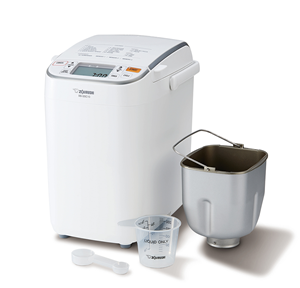Month: March 2020

Common Bread Baking Problems
Read more: Common Bread Baking ProblemsYou’ve bought the best breadmaker, and you’ve got great bread making recipes. But it’s just…

B-kyu Gurume: Utsunomiya Gyoza!
Read more: B-kyu Gurume: Utsunomiya Gyoza!Hi, Zo fans! Welcome back to another B-kyu Gurume blog post! Today, we’re featuring the…

Product of the Month — Home Bakery Maestro® Breadmaker (BB-SSC10)-March 2020
Read more: Product of the Month — Home Bakery Maestro® Breadmaker (BB-SSC10)-March 2020Happy March, Zo fans! It’s the start of a new month and we’re back with…

Broken Glass Jello
Read more: Broken Glass JelloAlso known as “Stained Glass Jello”, this was one of my favorite desserts as a…


